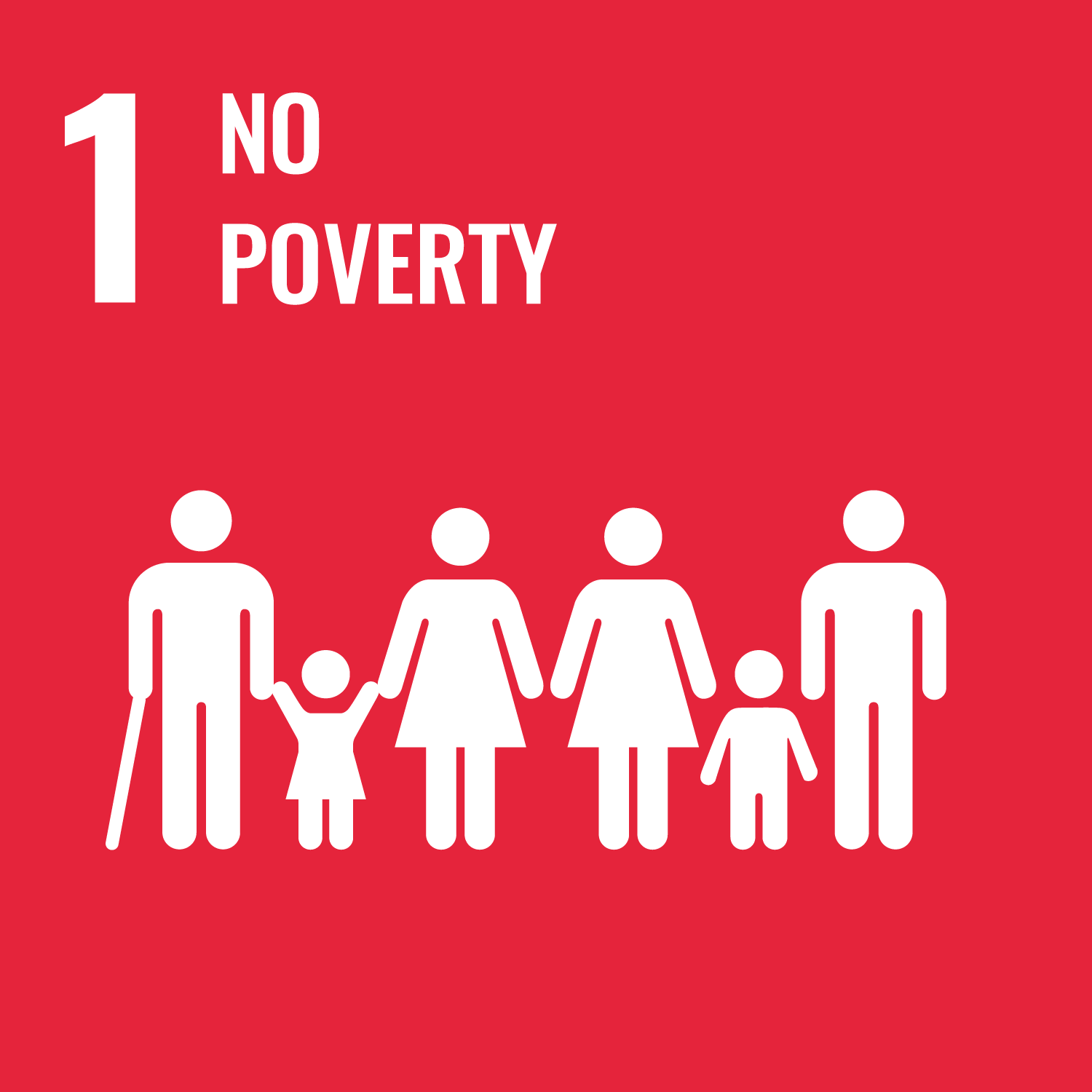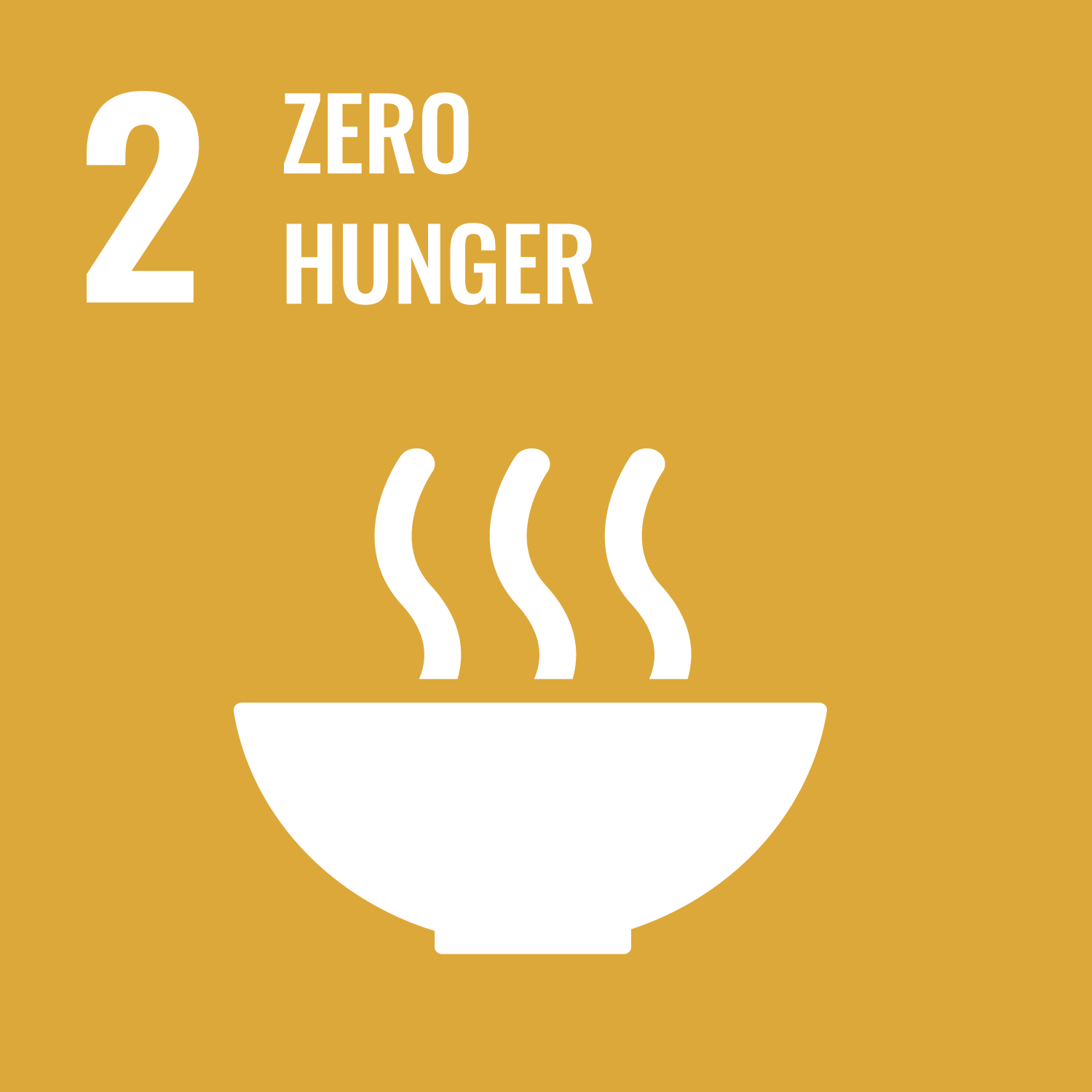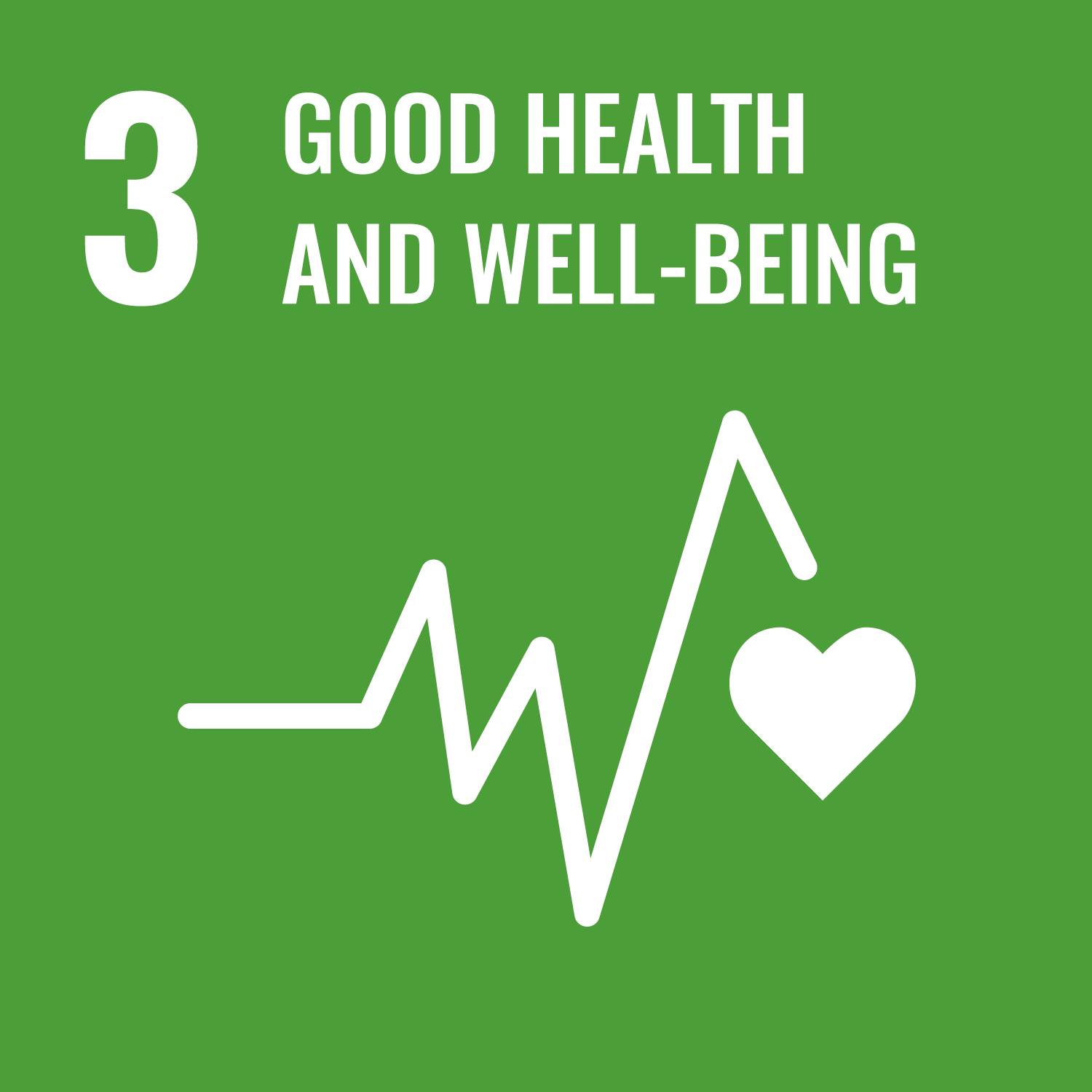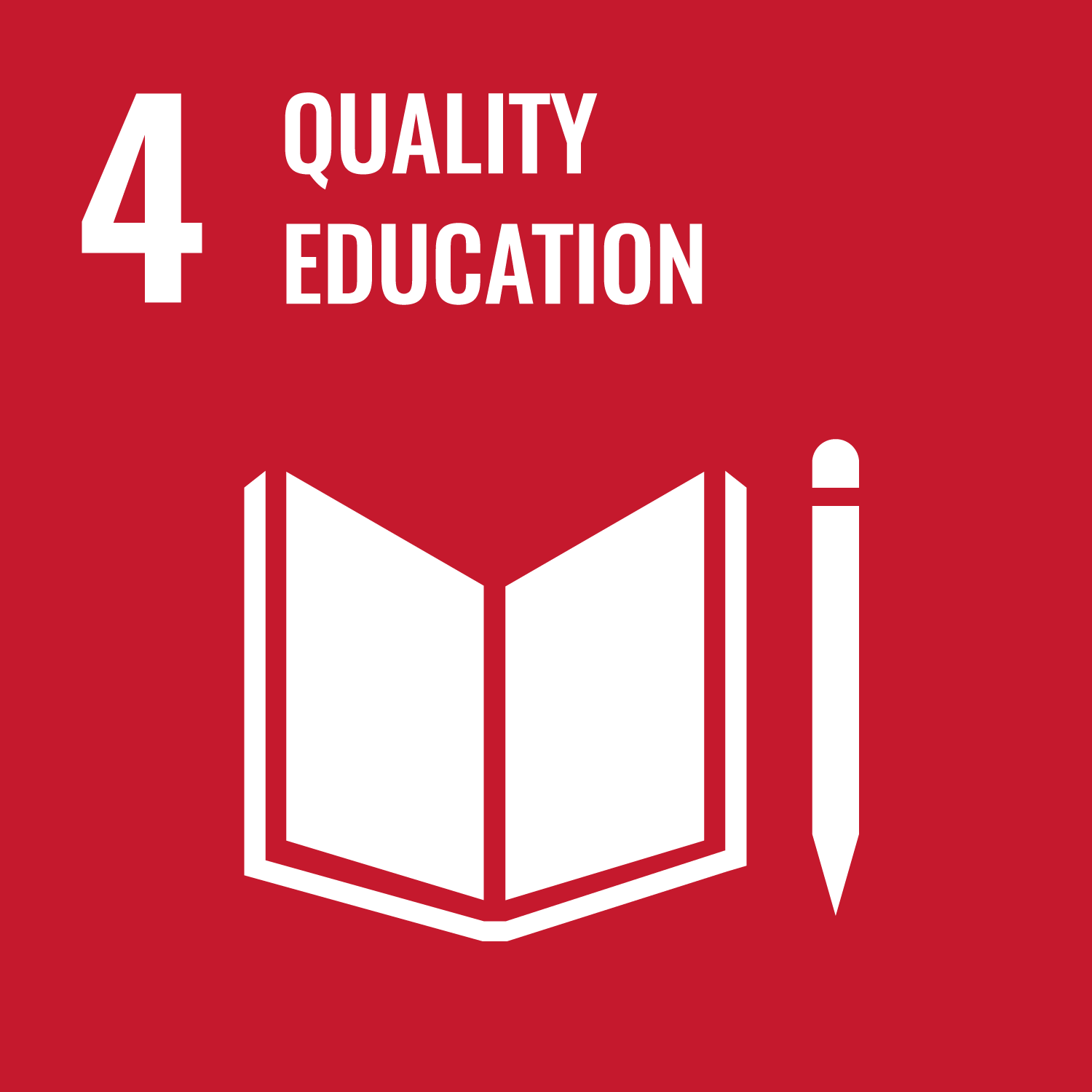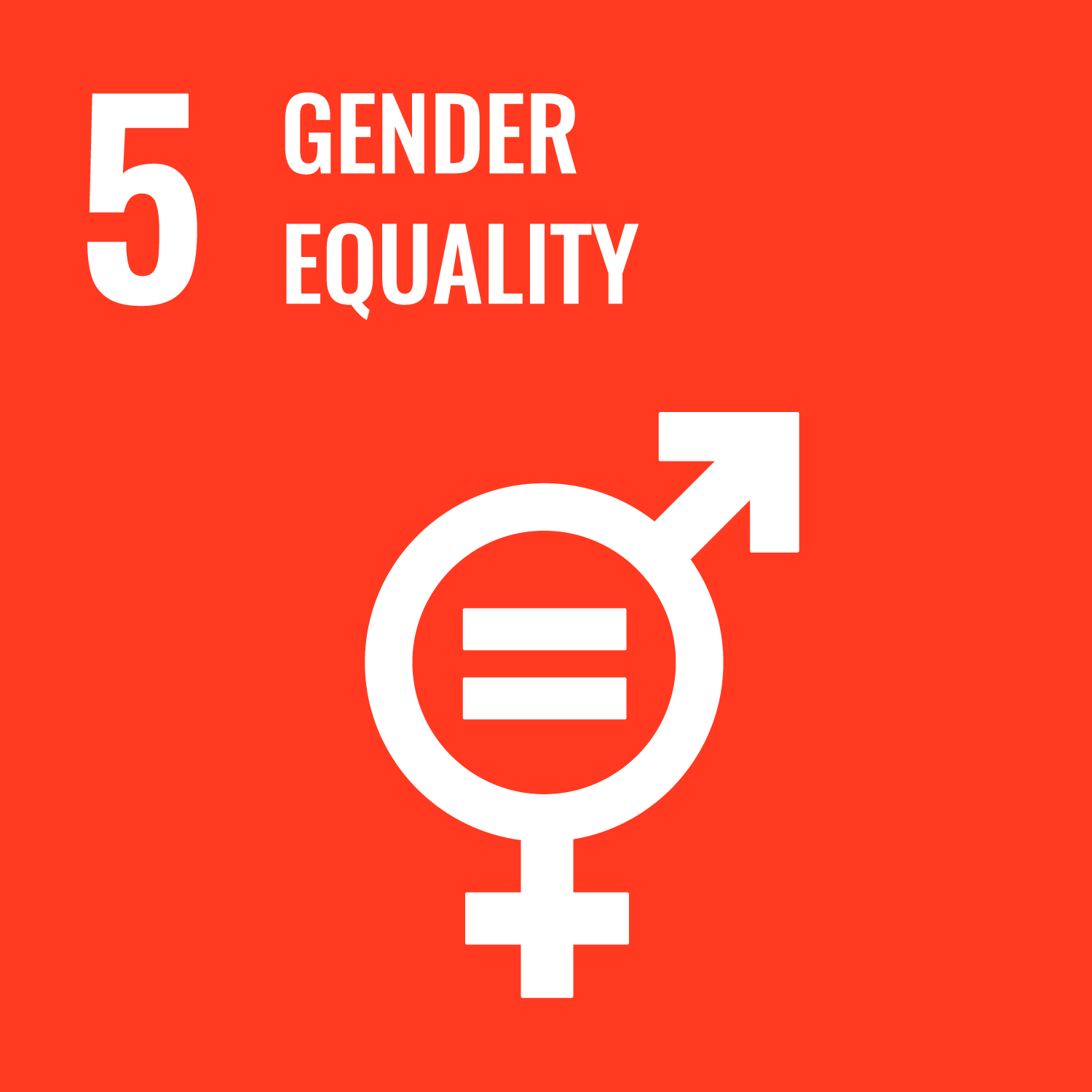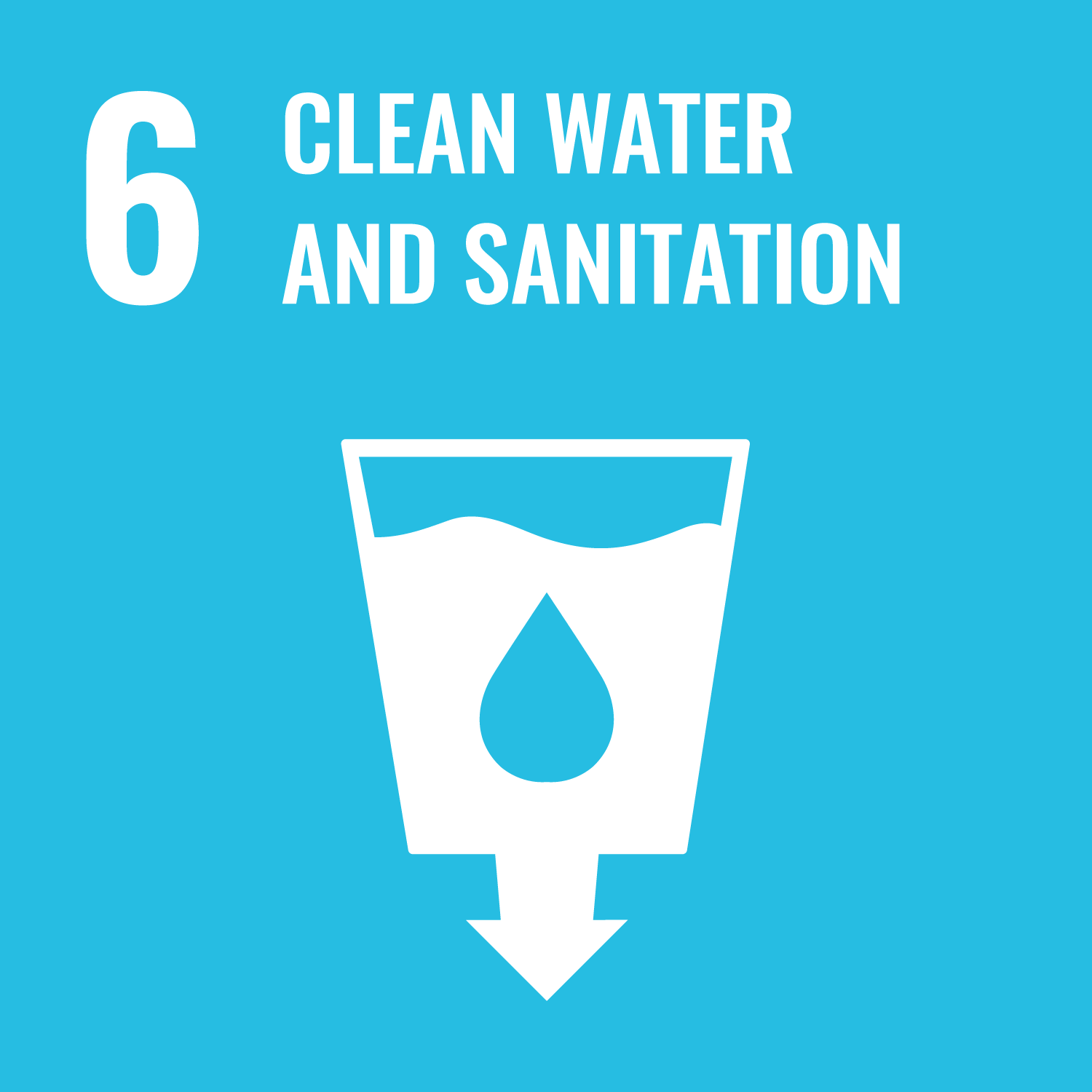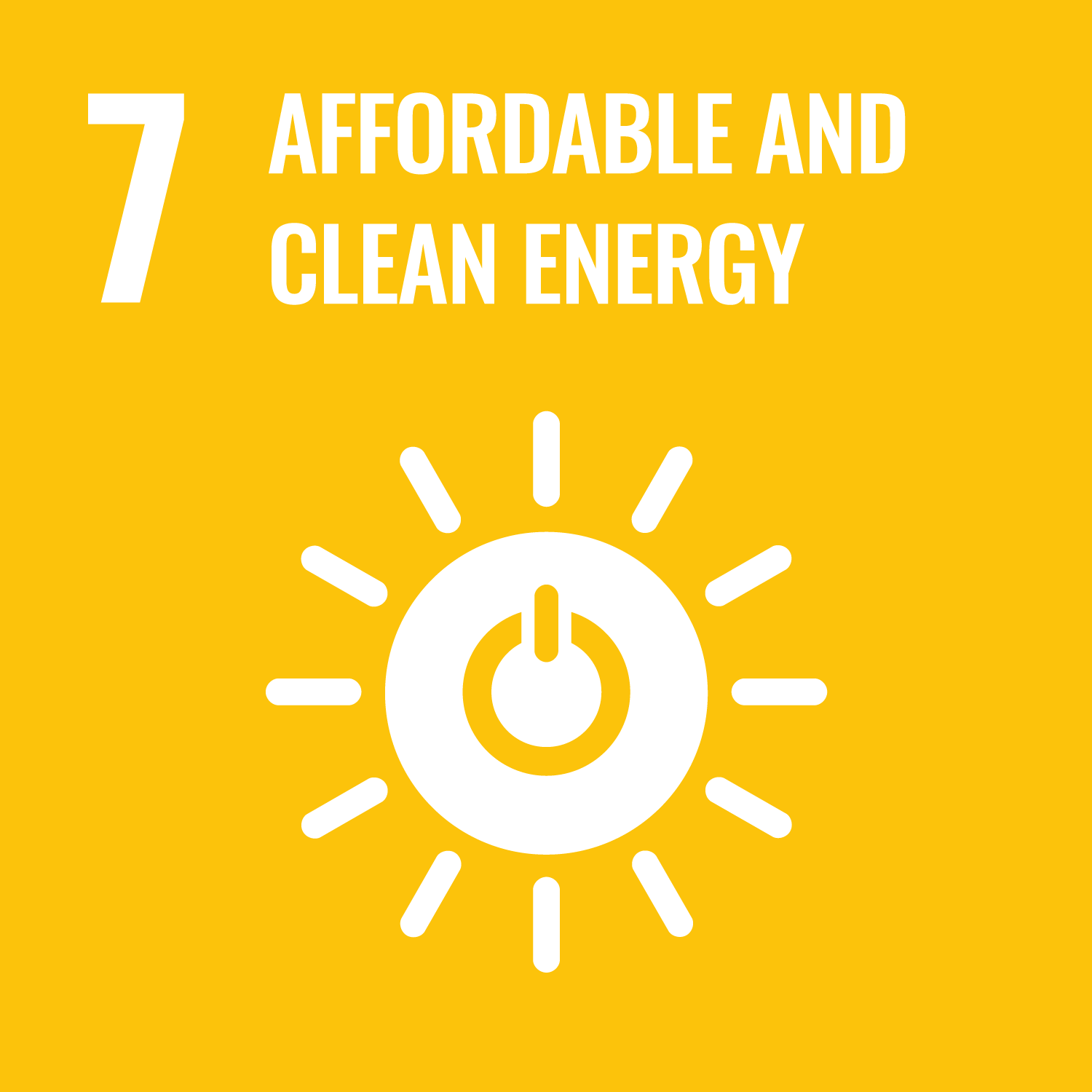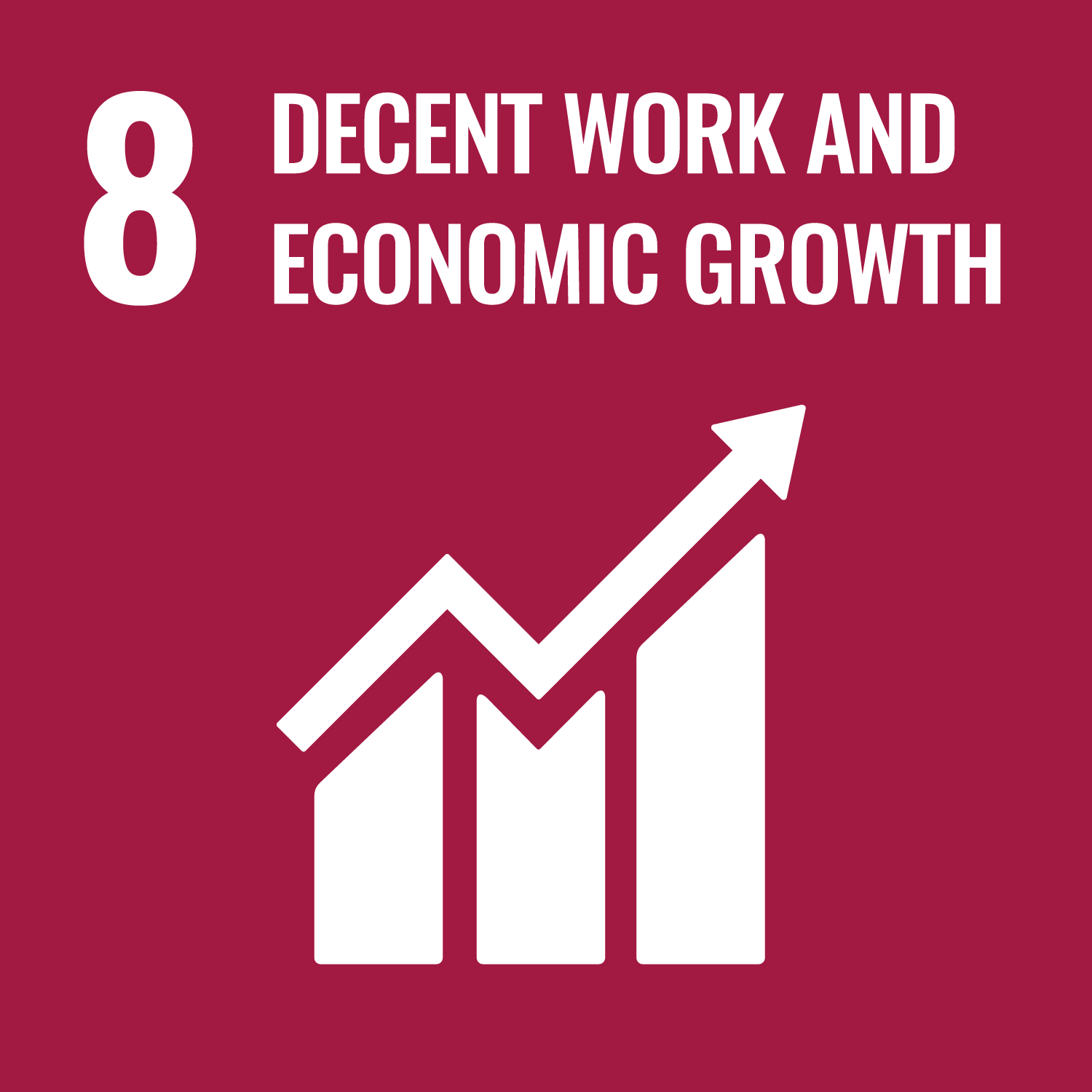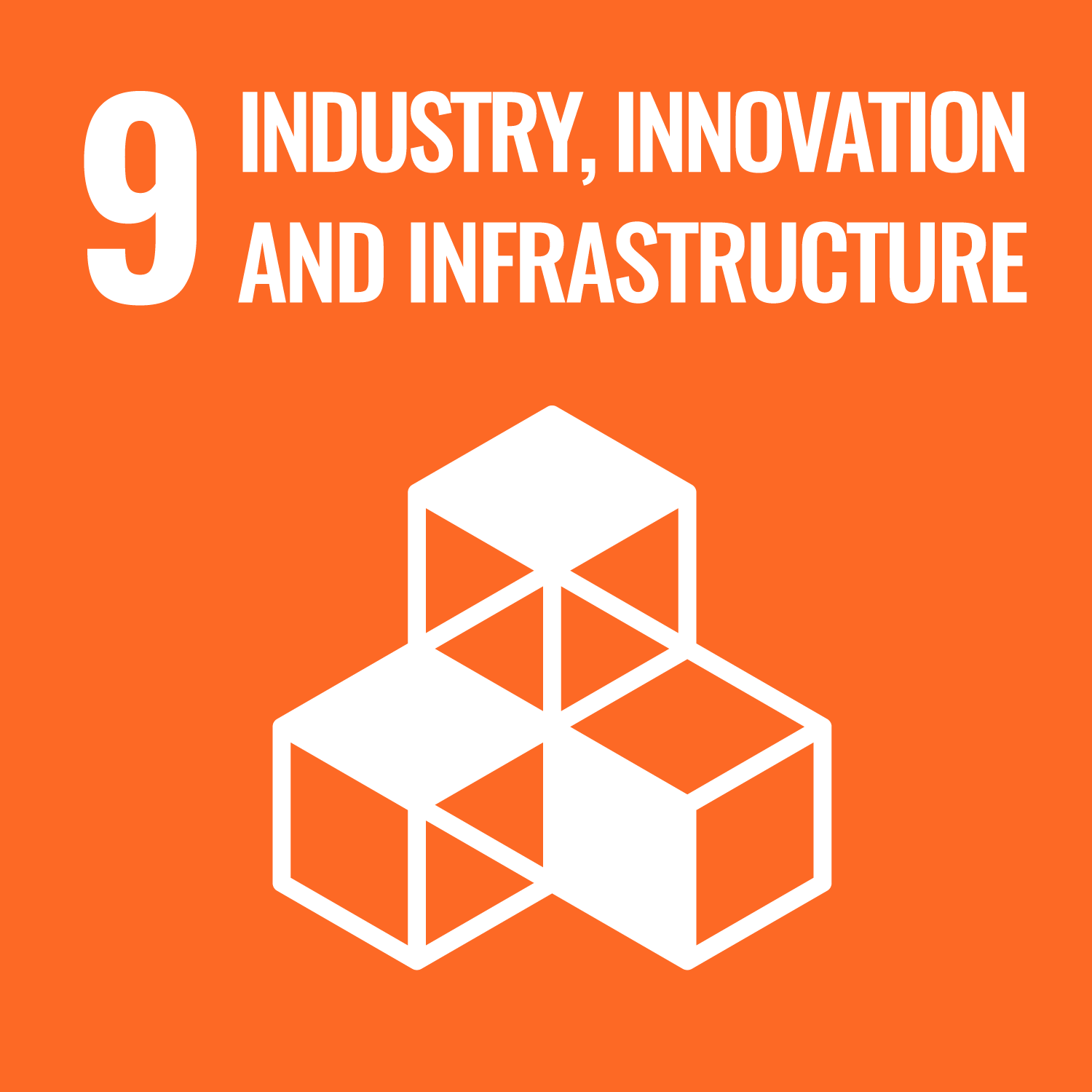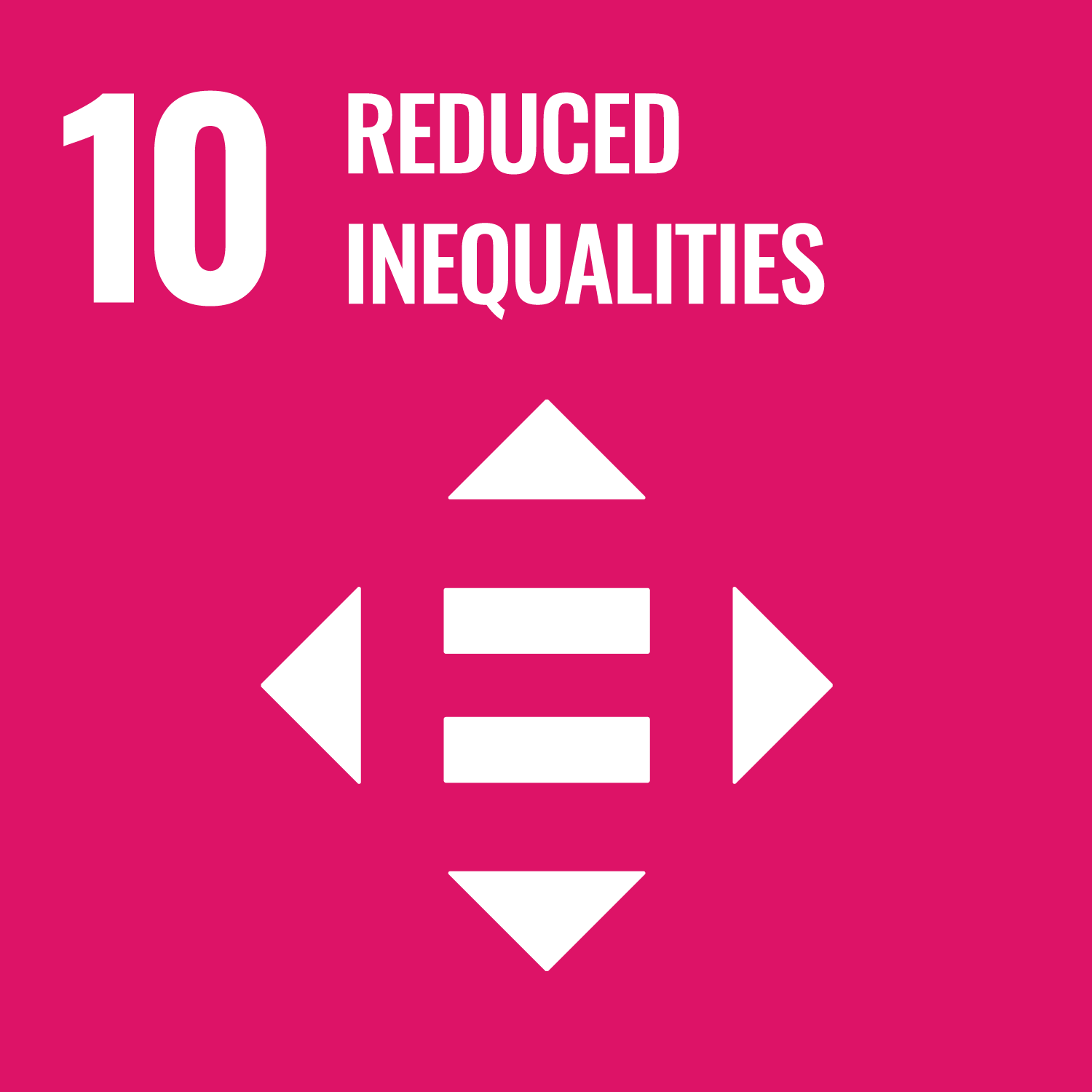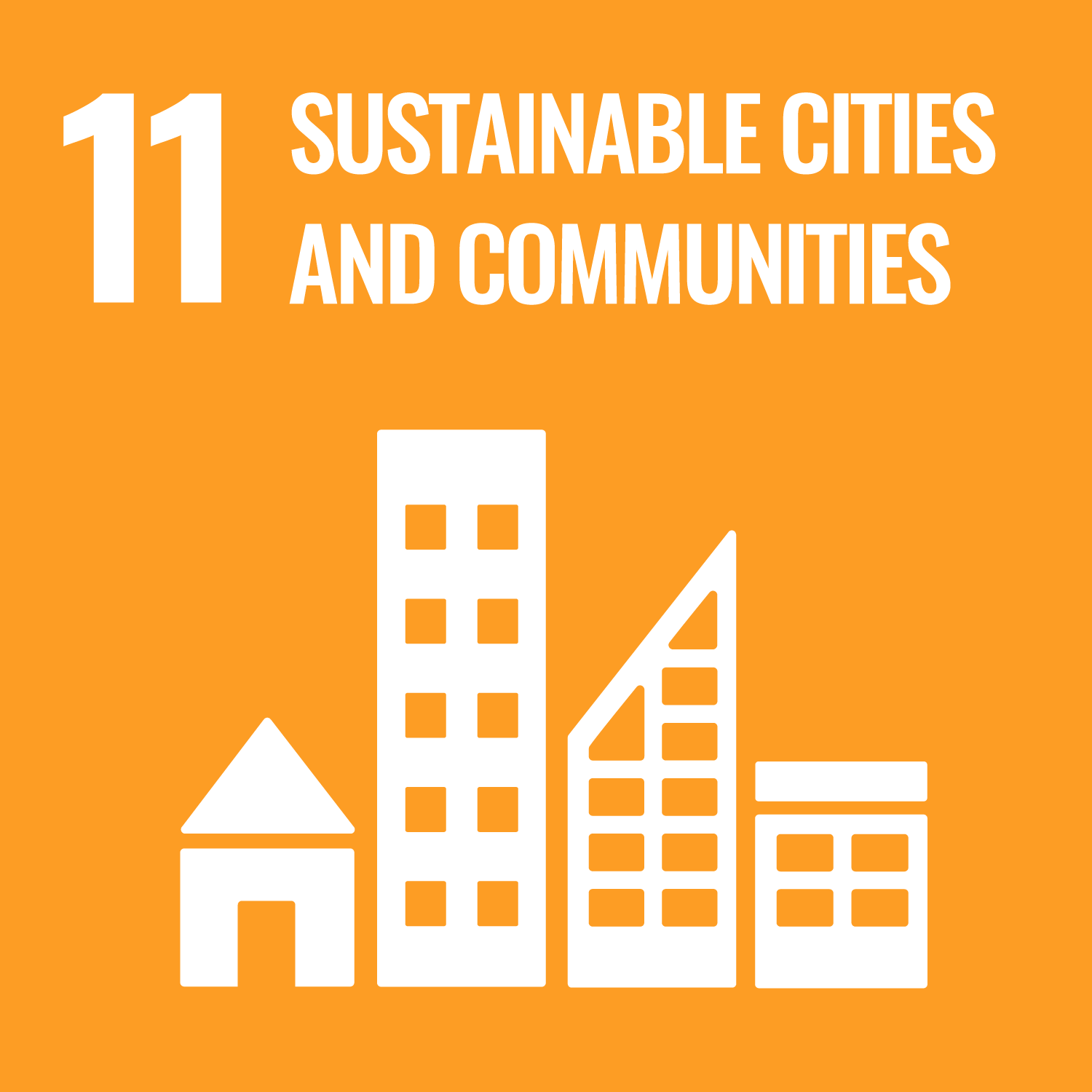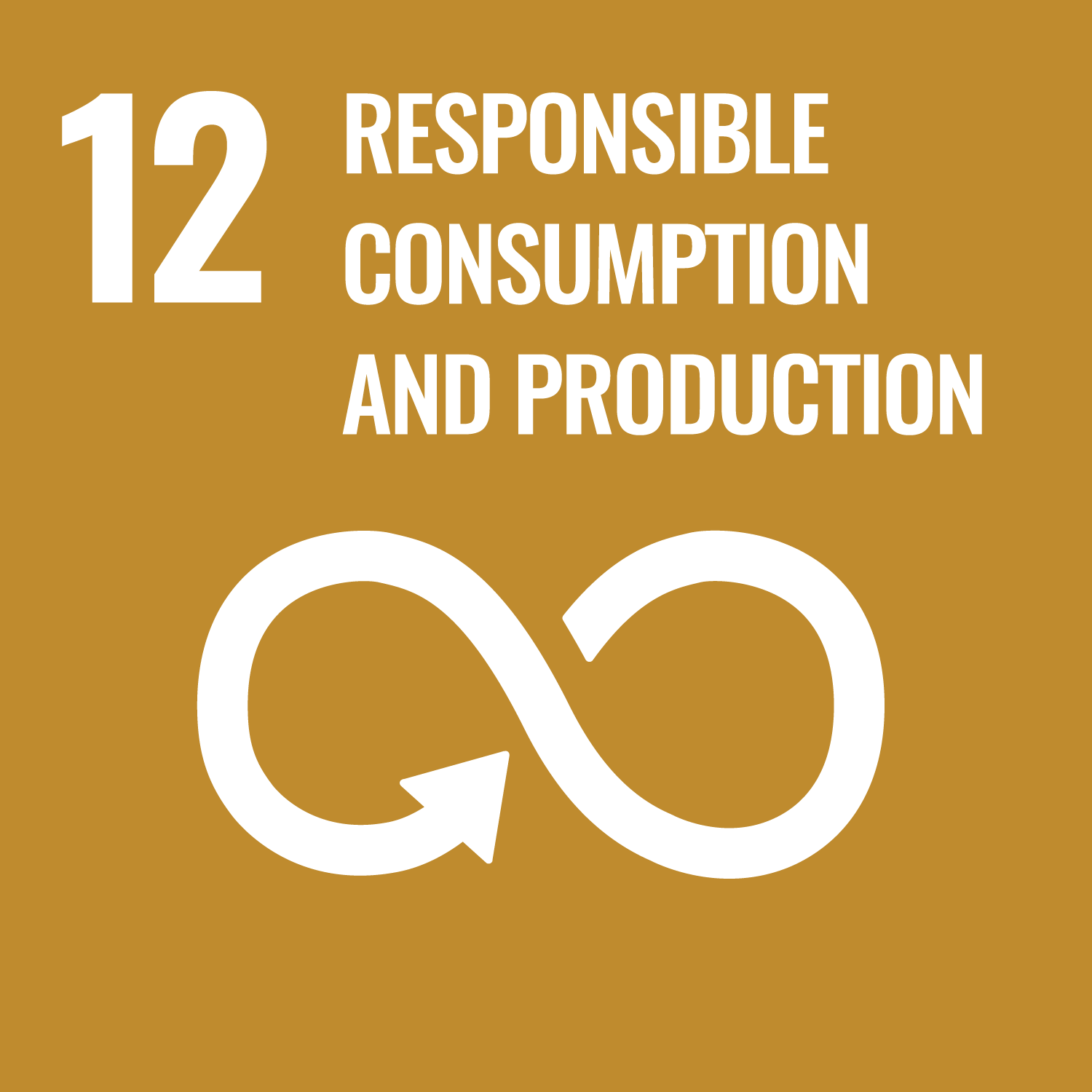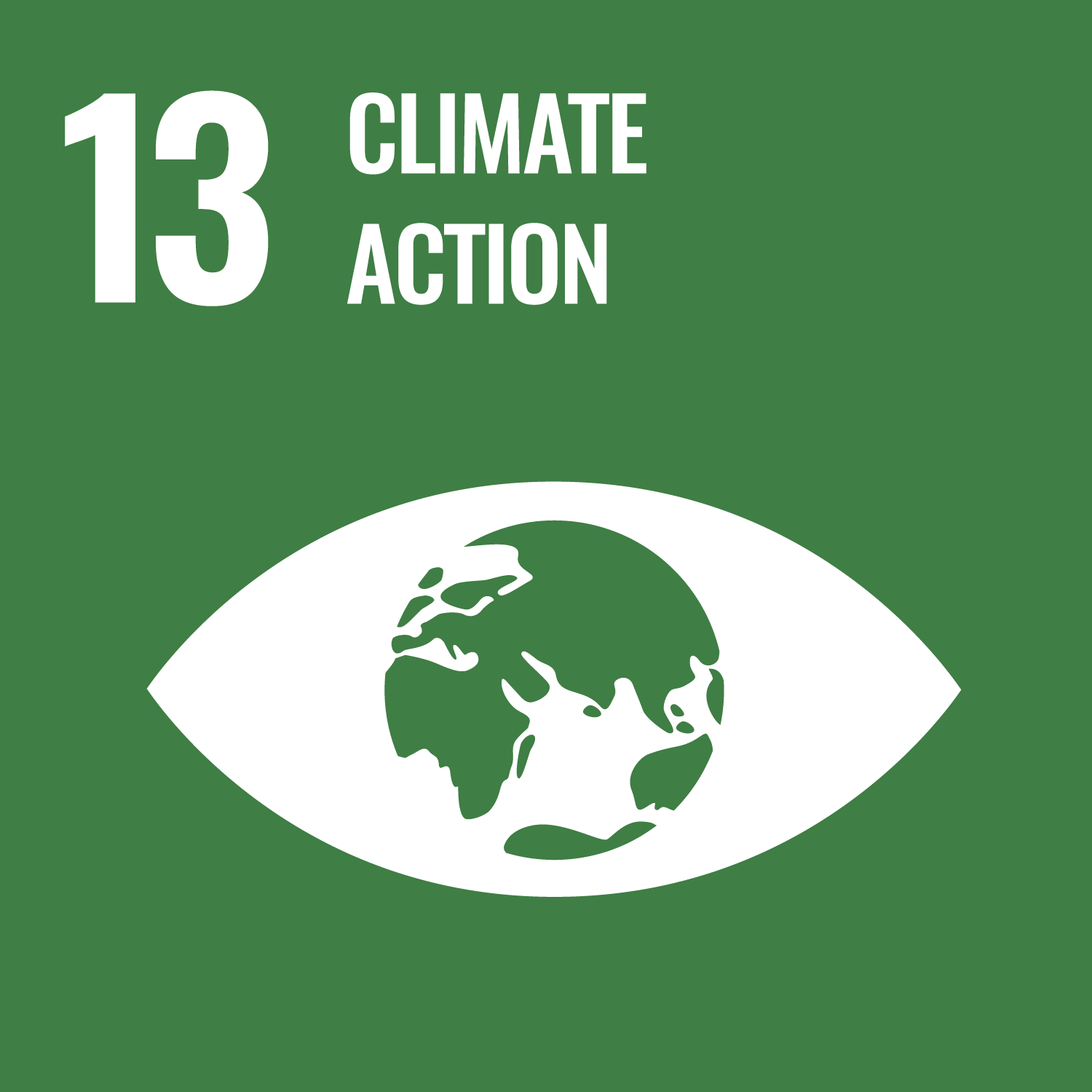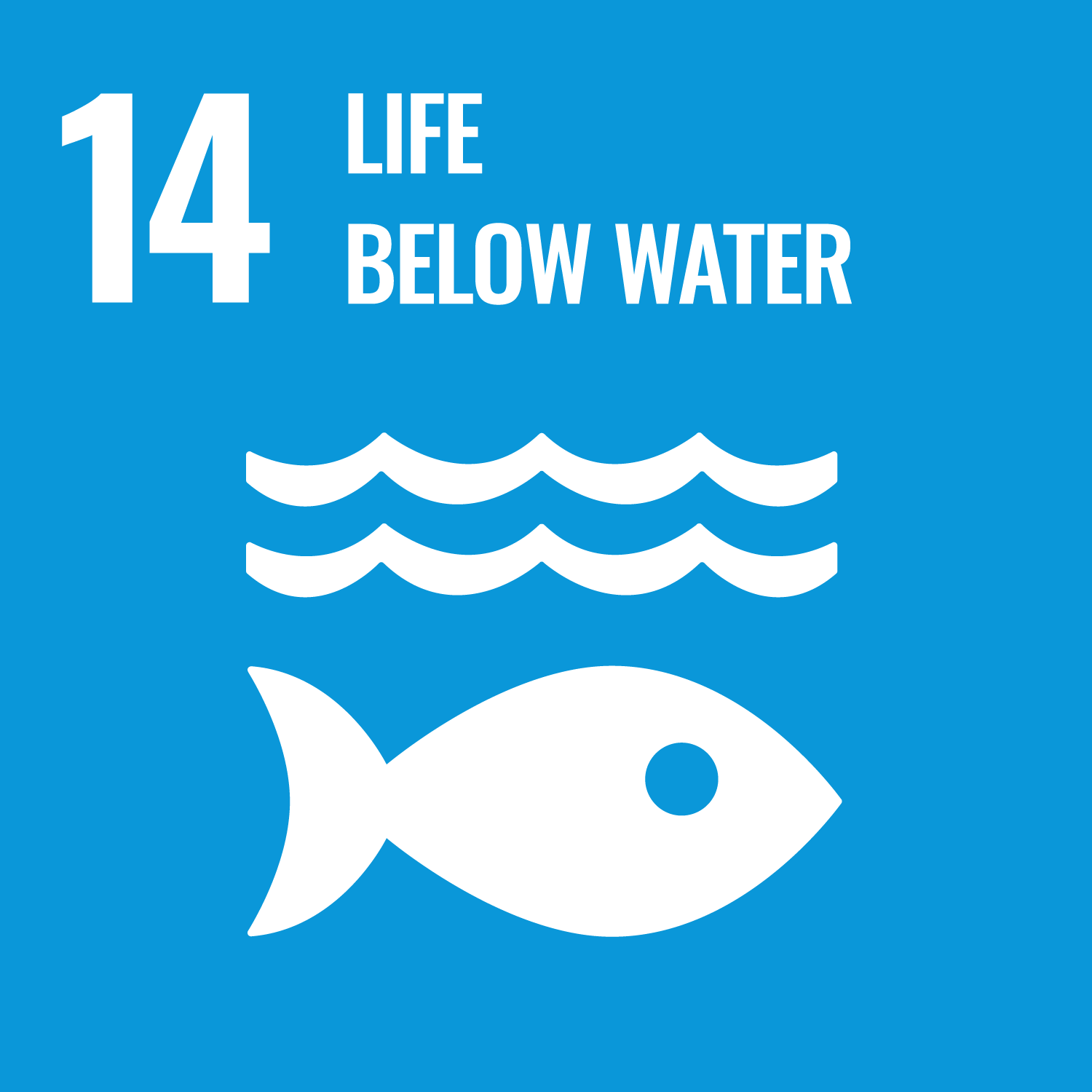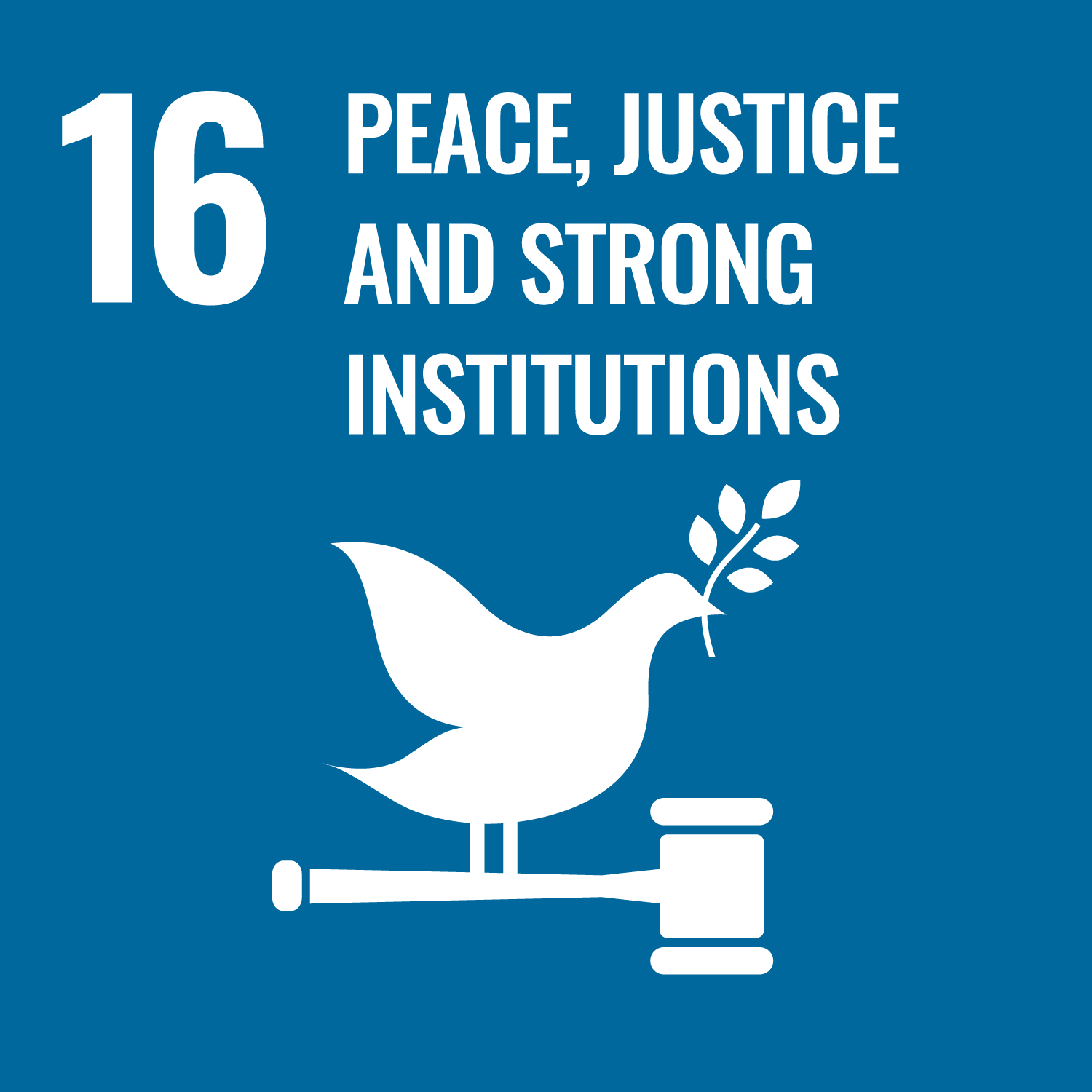
Dollar Donation Club
Organization
Reefgen
Underwater Robots for Seagrass Restoration
🛡️ Trust Rating
🧐 Risk Rating

Integrated Impact ScoreVetted By
Return On Donation
$1

Expert Consensus
Low-cost ocean-swimming robots that have the potential to plant seagrass 15x faster than human planting
Snapshot
The Problem
90% of coral reefs and 50% of our seagrass meadows will cease to exist by 2050.
The Solution
Reefgen develops underwater robots called Grasshoppers, which can accelerate seagrass restoration by up to 15 times compared to manual methods. By lowering the need for divers, Grasshopper makes the restoration process safer, more cost-effective and highly scalable.
Impact to Date
Deployed in 6 locations around the globe!
Location of Impact
USA, UK ,and Indonesia
Impact Per $1
7 seagrass seeds or 3 seagrass shoots planted
Proof of Impact
Updates from the building and deployment of the robots; stories of the seagrass experts using them for restoration.
Time to Realize Impact
Two months to build each planting system
Fund Usage
All the funds received will be used to source and build an underwater drone to plant seagrass for restoration!
Will it actually make a difference?
YES! Imagine a world where the ocean is running out of safe homes for sea creatures. That’s happening right now! But with these underwater robots planting thousands of seagrass seeds every day, we’re bringing those lost ocean homes back FAST. Seagrass isn’t just pretty—it cleans the water, helps stabilize the climate, and gives sea creatures a place to live. So yes, your donation isn’t just making a difference—it’s saving the future of the ocean!
How is the donation used?
Your donation funds building new underwater robots (called “Grasshoppers”) that plant seagrass! Seagrass forms tiny underwater forests that support fish, turtles, and even help produce the air we breathe! Just one dollar can plant 7 seagrass seeds.
DDC's Favorites
Plants seagrass 15x faster than humans!
Likely less environmentally harmful than human planting and makes planting safer for humans too
Strong potential to scale globally
Strong focus on making cost breakthroughs for environmental robots
Key Drawbacks
This is a pilot project, so they are more innovative but it comes with the caveat of a less proven track record.
Fund Usage
All the funds received will be used to source and build an underwater drone to plant seagrass for restoration!
Integrated Impact Score
Effectiveness
73%Transparency
67%Track record
70%Measurability
88%Wisdom
88%Impact Innovation
100%Impact Stack
7.7Expert Vetters
Individual Questions
The Context
Seagrass meadows are among the planet’s most powerful, yet undervalued, ecosystems. Often dubbed the “rainforests of the sea,” these underwater prairies serve as critical infrastructure for ocean health, biodiversity, and climate stability. But they are disappearing at an alarming rate.
Since 1990, global seagrass coverage has been declining by approximately 7% annually—a loss driven by pollution, coastal development, sedimentation, and climate change impacts like ocean warming and acidification. Today, 29% of the world’s seagrass has vanished, placing this vital ecosystem among the most threatened on Earth.
Why Seagrass Matters
The ecological and climate benefits of seagrass are profound:
Carbon Sequestration: Seagrass captures and stores carbon up to 35 times faster than tropical rainforests, earning it a key role in the global “blue carbon” strategy for climate mitigation.
Marine Biodiversity: These meadows provide essential nursery habitats for marine life, supporting fish populations, seahorses, turtles, and invertebrates that are vital to both ecosystems and local fisheries.
Coastal Protection: Seagrass stabilizes seabeds and protects shorelines from erosion, acting as a natural buffer against storms and sea level rise.
Water Quality: By trapping sediments and absorbing nutrients, seagrass helps maintain clean, healthy water systems.
Despite these benefits, restoration efforts have long been hampered by the slow and costly nature of traditional planting methods, which involve divers manually transplanting individual seagrass shoots. These methods are not scalable in the face of rapid loss.
However, Reefgen’s “Grasshoppers” is changing that narrative by making planting up to 15 times faster and significantly safer, unlocking the potential for large-scale, low-cost restoration. These tools also empower coastal communities to take a direct role in ecosystem recovery, promoting local stewardship alongside environmental resilienc
About
We’re levelin’ up philanthropy!
The Dollar Donation Club Integrated Impact Score was designed to ensure that the world’s most powerful and holistic solutions are presented to our members. The goal is to identify acupuncture points of change – solutions that create maximum positive benefit using minimal resources, while triggering a large cascade of additional benefits.
More importantly, the Integrated Impact Score embodies our approach of smart-philanthropy.
It’s not enough for us to give with only our heart. We must also give intelligently – identifying solutions that address root causes, generate outsized measurable outcomes, integrate holistically into existing communities, consider long-term impacts, reduce the risk of unintended consequences and lead to self-reliant capabilities rather than co-dependencies.
It’s time for us to focus less on things like “overhead ratios” and more on the total, holistic positive result per dollar. Oh yeah, and it should be fun!
We believe that the best solutions...
- Solve root-causes rather than symptoms.
- Consider their impact 100 years into the future.
- Produce massive impact efficiently.
- Care for people and planet holistically.
- Leverage nature’s and humanity’s best technologies.
- Are radically transparent – financially and operationally.
- Are resilient against threats of reversal.
- Result in self-reliance, rather than dependence.
- Clearly understand total costs to achieve outcomes.
This vetting methodology was designed with careful care to identify these solutions.
How we calculate the Integrated Impact Score:
Individual Dimension Score
The scores for each individual dimension (e.g. Transparency, Measurability) are calculated by adding up the total points (1-5) per section and dividing by the total possible points for that section.
Impact Stack
The amount of points awarded for the Impact Stack section is based on an assessment of how directly or indirectly and effectively or ineffectively the solution addresses a particular Sustainable Development Goal, using the SDG indicators as a guide. Impact Stack is treated like a bonus of points by adding up the total Impact Stack score and dividing by 10 (i.e. every 10 points gives a bonus of +1 to the final IIS score).
Overall Integrated Impact Score
The overall Integrated Impact Score is calculated by averaging the total scores received in each of the Individual Dimensions (e.g. Transparency, Measurability, etc.). We then add the bonus points awarded by the Impact Stack. Overall scores are rounded up to the nearest integer at 0.5 (e.g. if a score of 94.5 is calculated, the final score will be 95, if a score of 94.4 is calculated, the final score will be 94).


100% of contributions go to the Dollar Donation Club Fund, a wholly owned subsidiary of Legacy Global Foundation Inc, a public 501(c)3 charitable organization.
© Dollar Donation Club 2025



